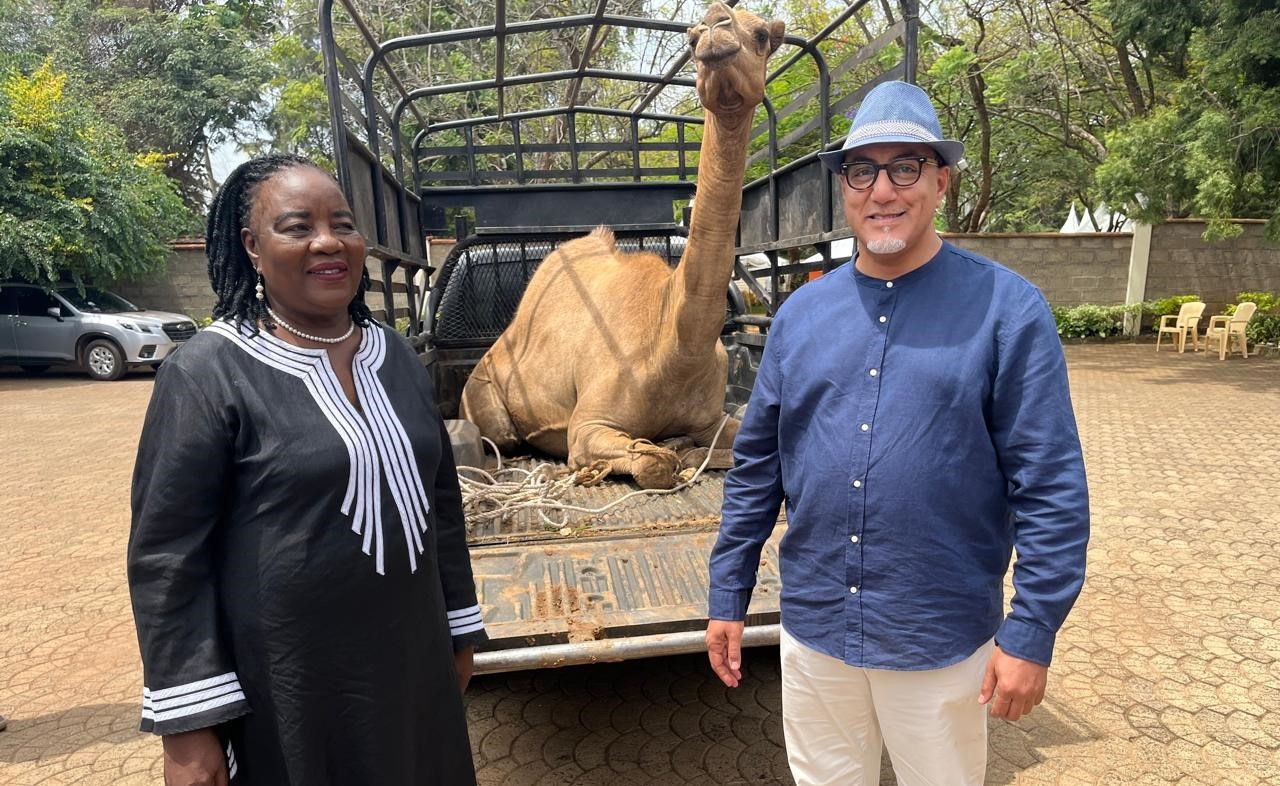African fashion has grown in popularity over the years, this is because of art-rich intricate patterns that have e been incorporated into the clothing.
A few years ago, Africa was not able to prove itself on a global platform and enter the fashion industry.
Now it claims to be a continent that can not only inspire designers but also create trends on its own. In this article, we will discuss different types of African wear
The kente cloth
The Kente cloth is a Ghanaian textile, made of handwoven cloth, strips of silk, and cotton.
Historically the fabric was worn by the royals of Ghana.
It originated from Bonwire in the Ashanti region of Ghana. In modern-day Ghana, the wearing of kente cloth has become widespread to commemorate special occasions, with highly sought-after kente brands led by master weavers.
The kente cloth material can be woven into jackets, trousers, t-shirts, and even shorts. The cloth boasts a consistent set of colors such as blue, yellow, red, and orange. Though the color may change according to someone's taste. Women can wear them in dress form and men can wear the garments in suit form.
The kanzu is a robe worn by African men in the East, West, and north of Africa.
It was originally worn by Muslim men but over the years, it has gained popularity and become one of Africa's fashion statements.
The kanzu has evolved in terms of color and style and incorporation of art patterns.
The Maasai Shuka
Often featuring red, blue, black, and white stripes, the Maasai shuka is a spectacular clothing material. The shuka can be woven into jackets, sweaters, and even trousers but it is famously thrown on just like a scarf. The shuka was worn by high-ranking members of the community as a symbol of wealth, prosperity, and power. During the winter time in Kenya, you'll spot people proudly rocking Maasai shukas.'
The Dashiki
The Dashiki is a colorful garment that covers the top half of the body, worn mostly in West Africa.
It is also known as a Kitenge in East Africa and is a common item of clothing in Tanzania and Kenya.
It has formal and informal versions and varies from simple draped clothing to fully tailored suits. The Dashiki boasts a variety of colors ranging from red, blue, and yellow. Both men and women can wear a Dashiki.



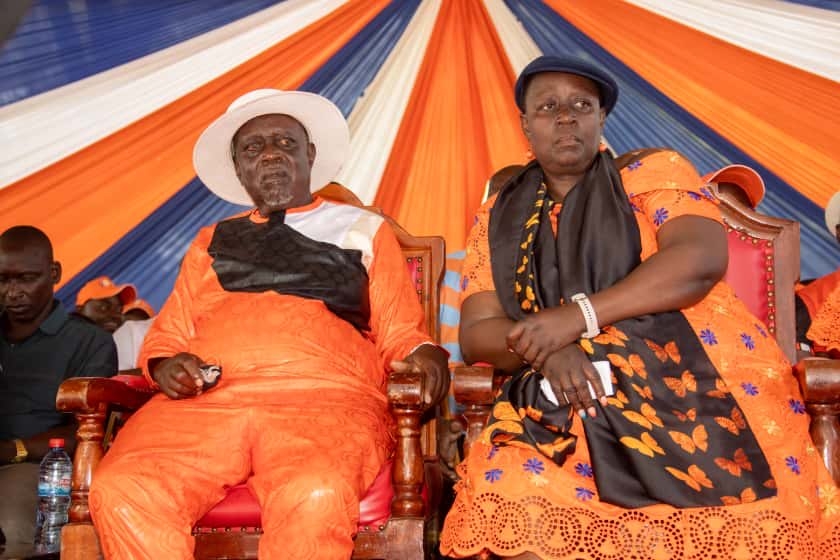
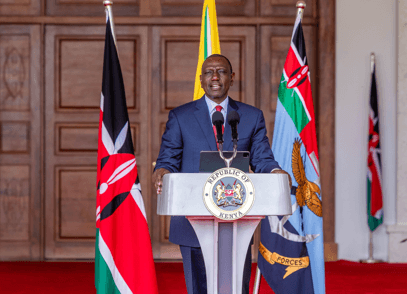


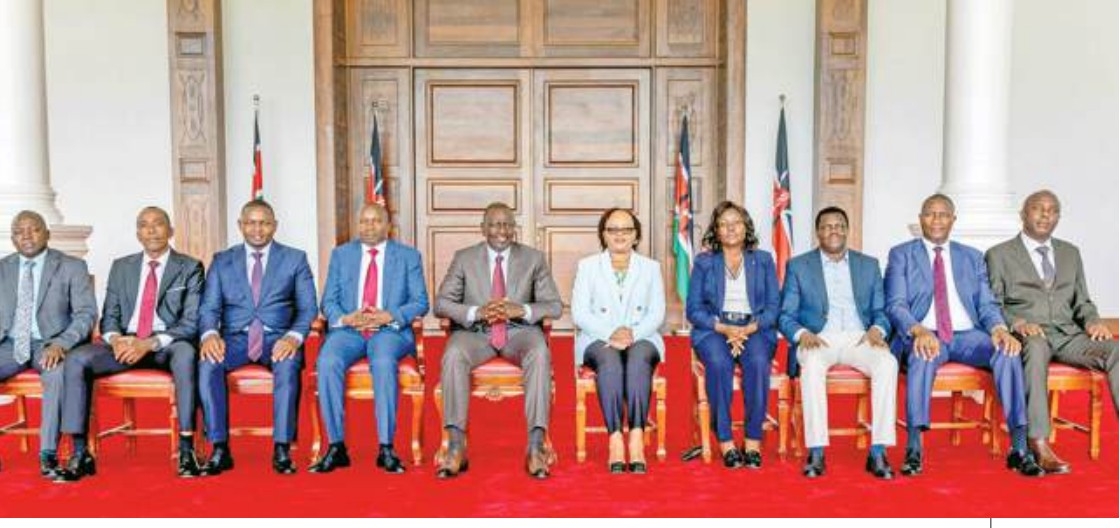

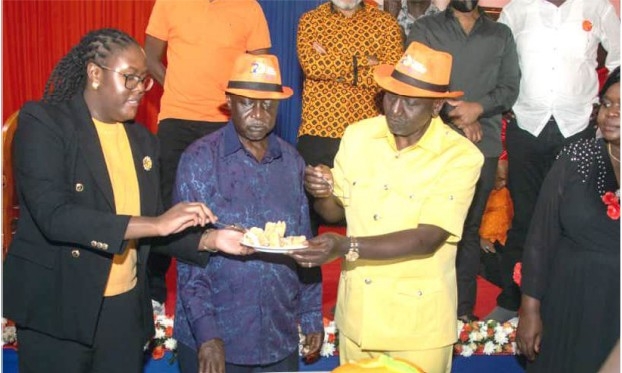
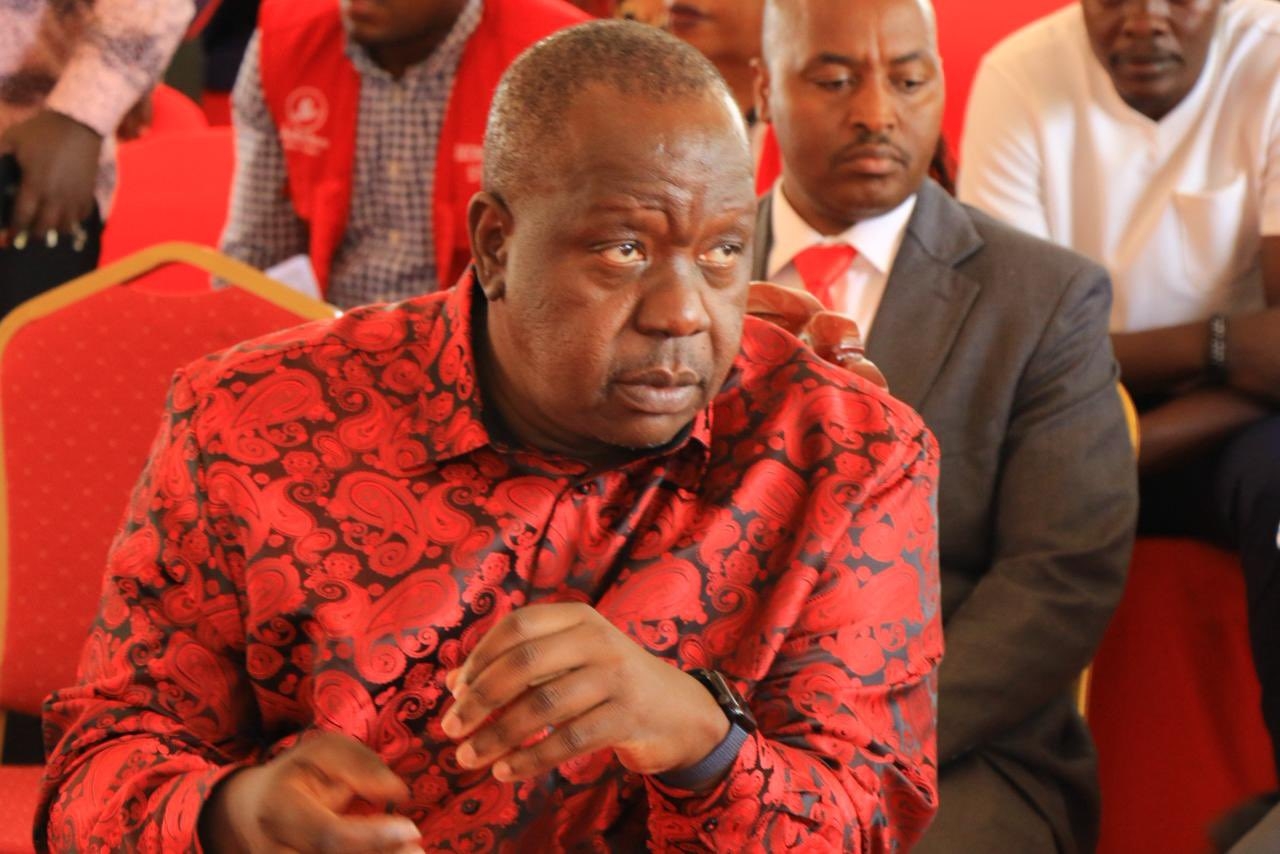
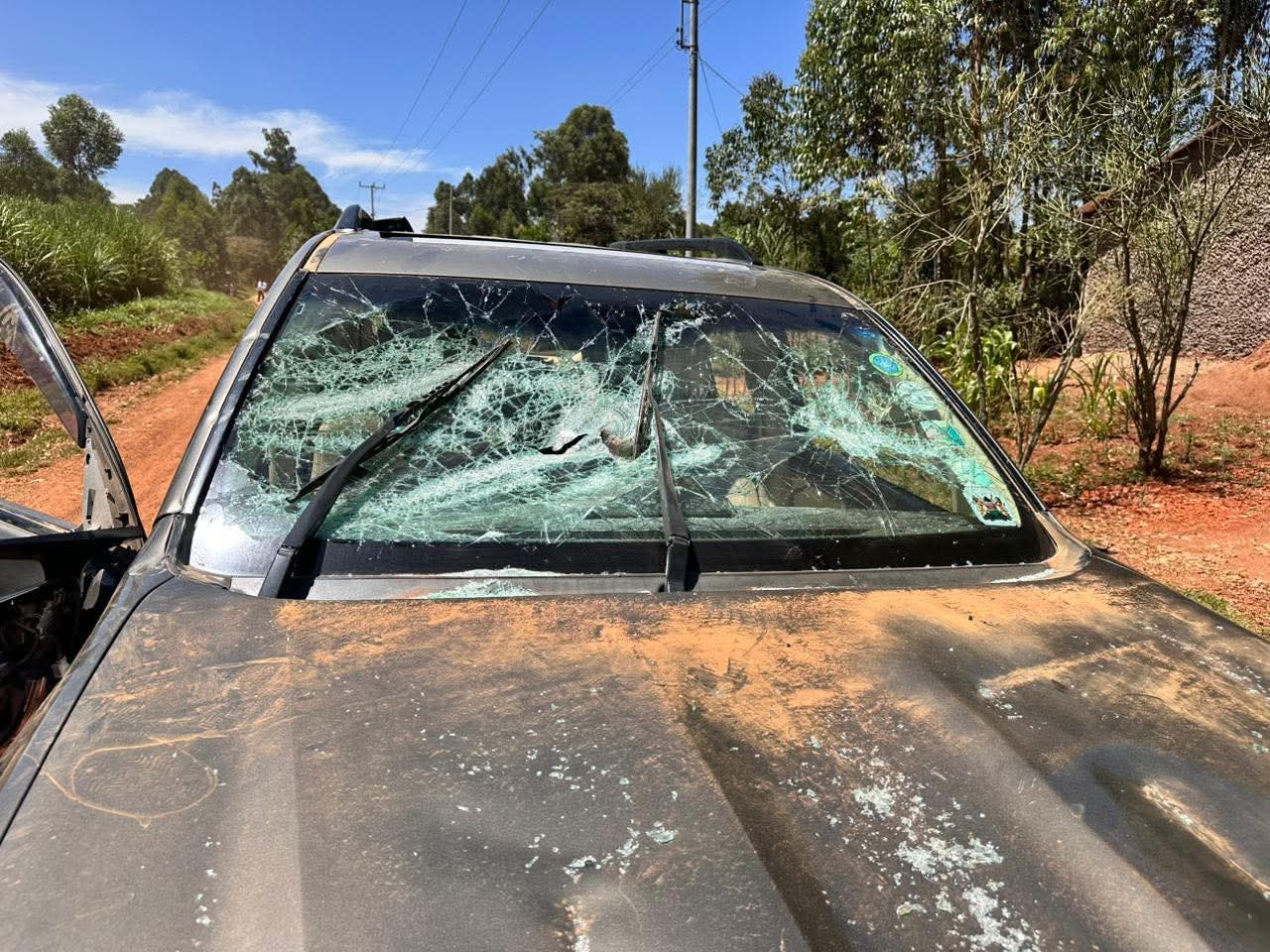

![[PHOTOS] Ole Ntutu’s son weds in stylish red-themed wedding](/_next/image?url=https%3A%2F%2Fcdn.radioafrica.digital%2Fimage%2F2025%2F11%2Ff0a5154e-67fd-4594-9d5d-6196bf96ed79.jpeg&w=3840&q=100)
